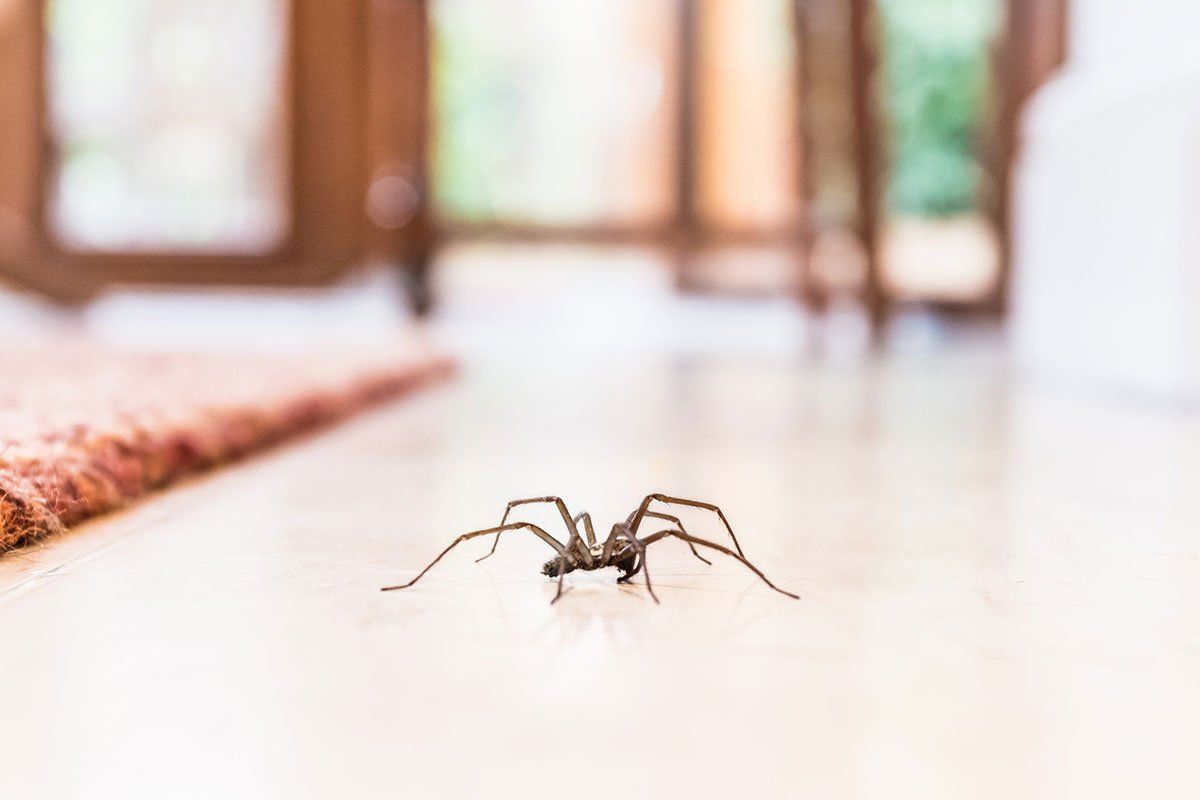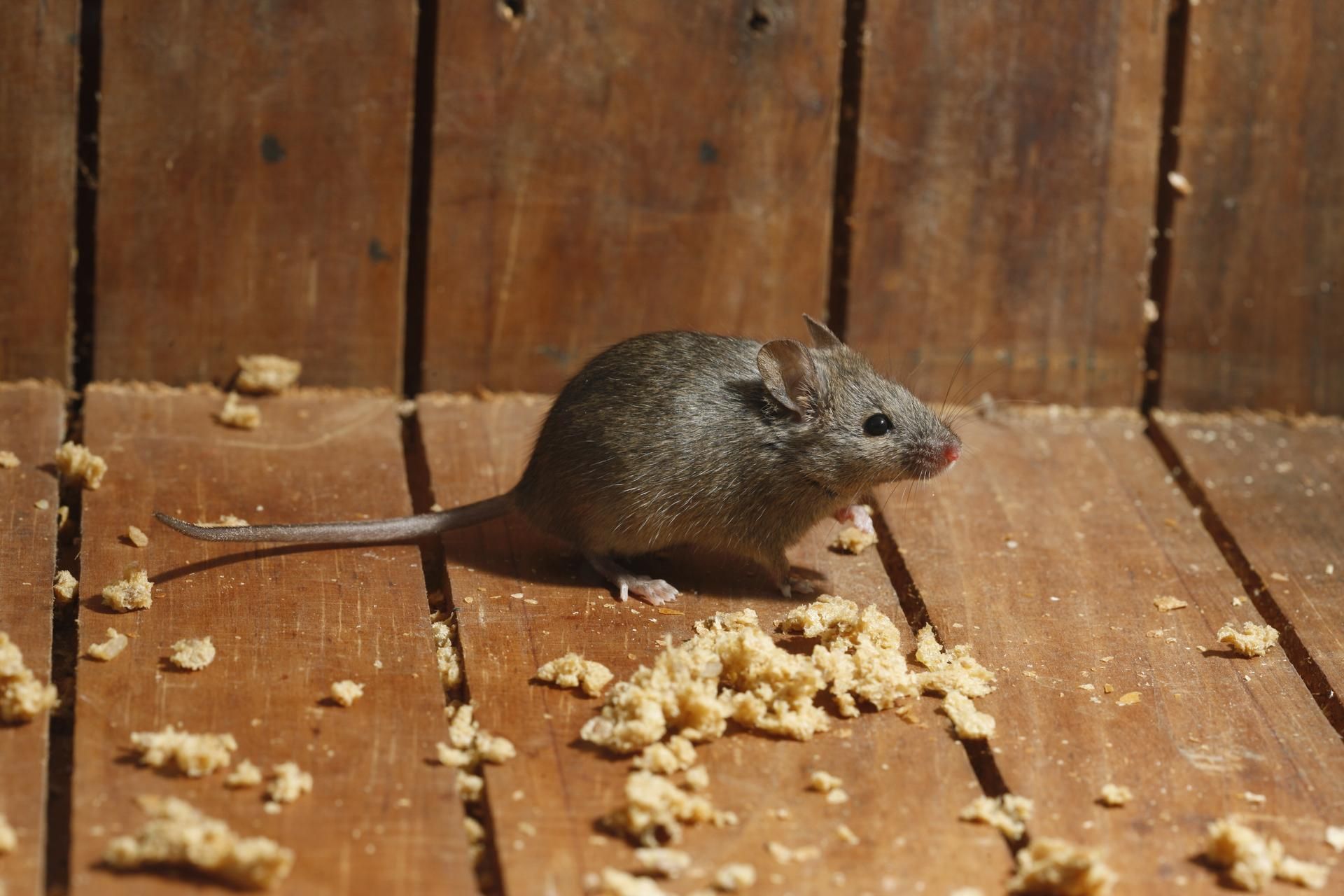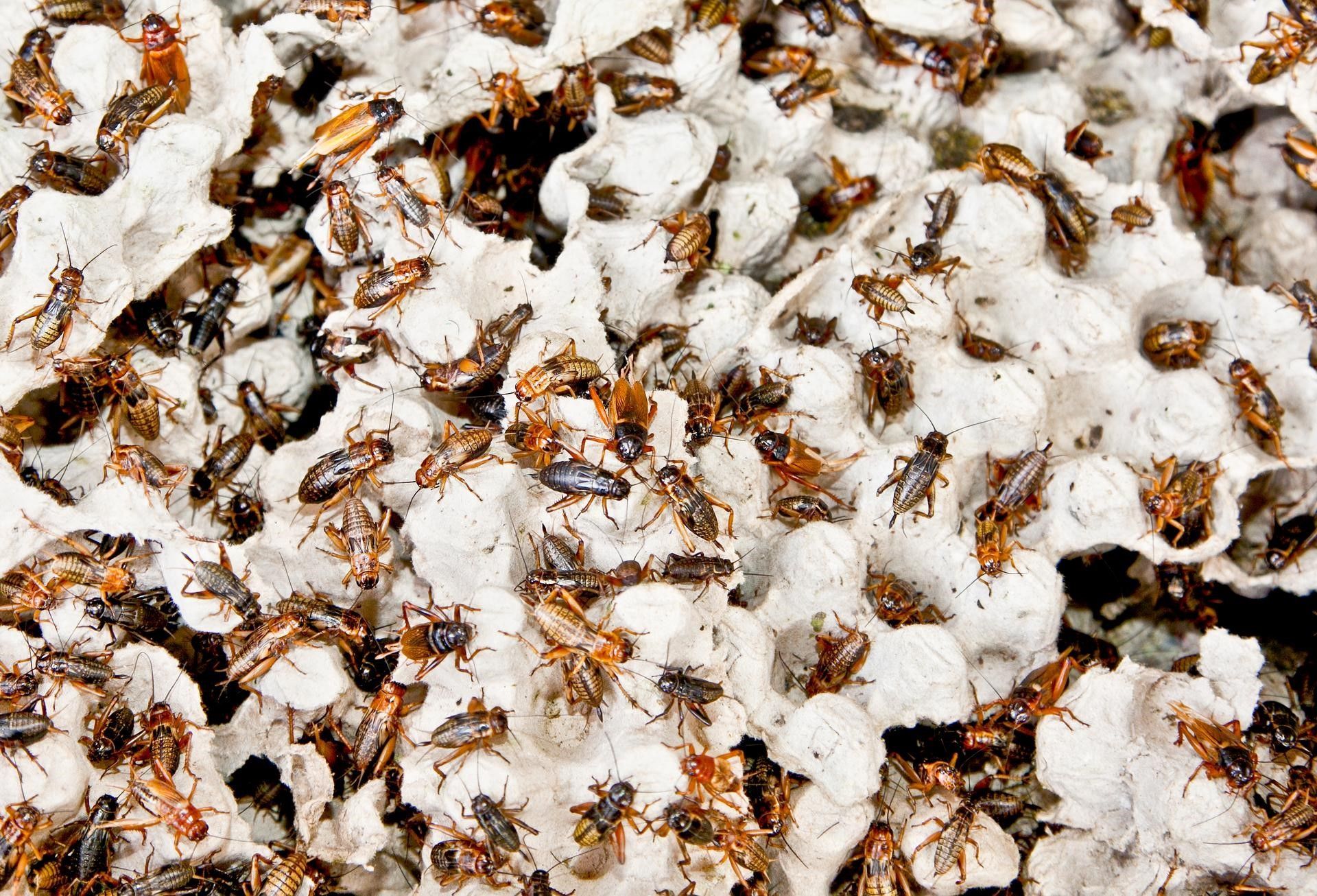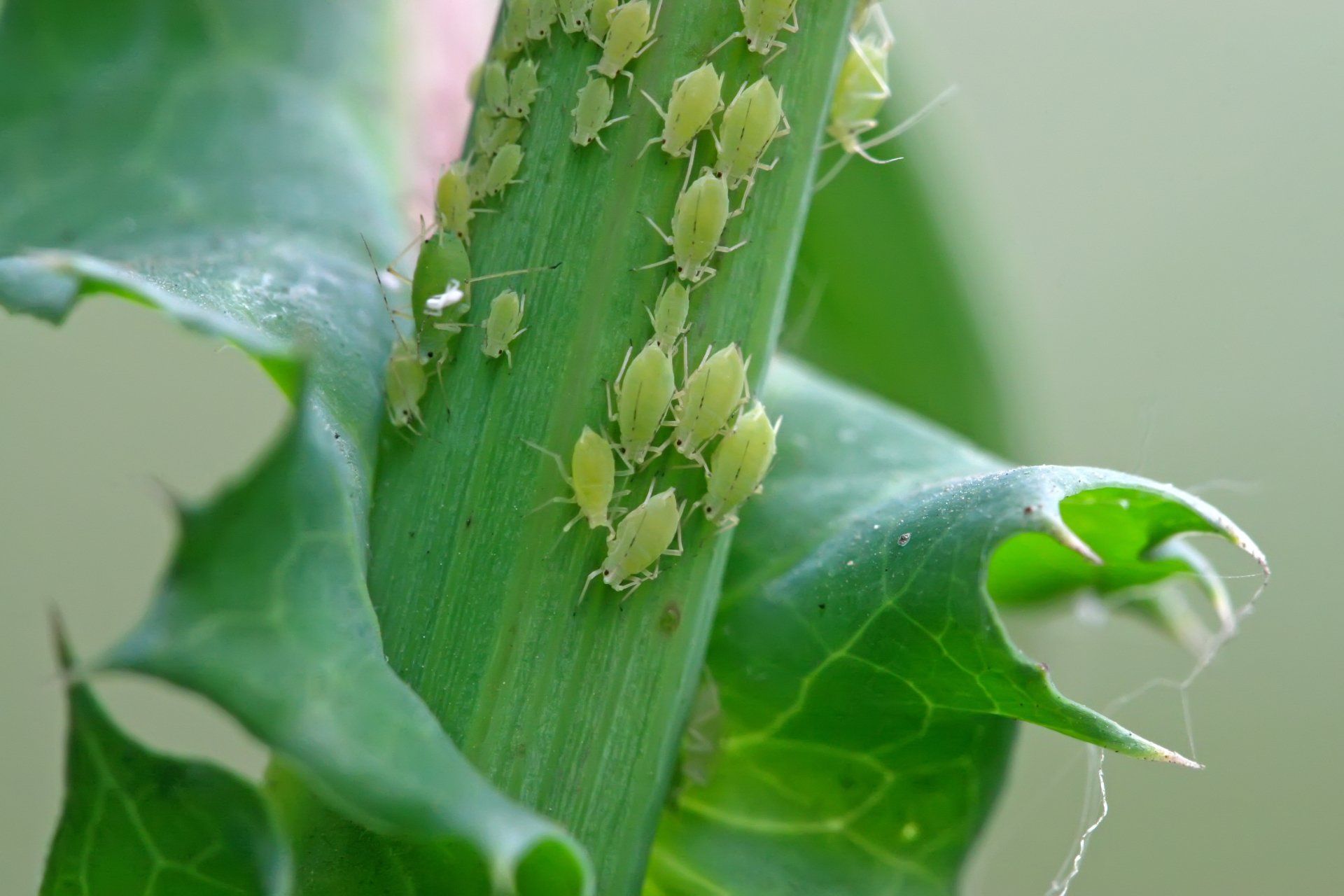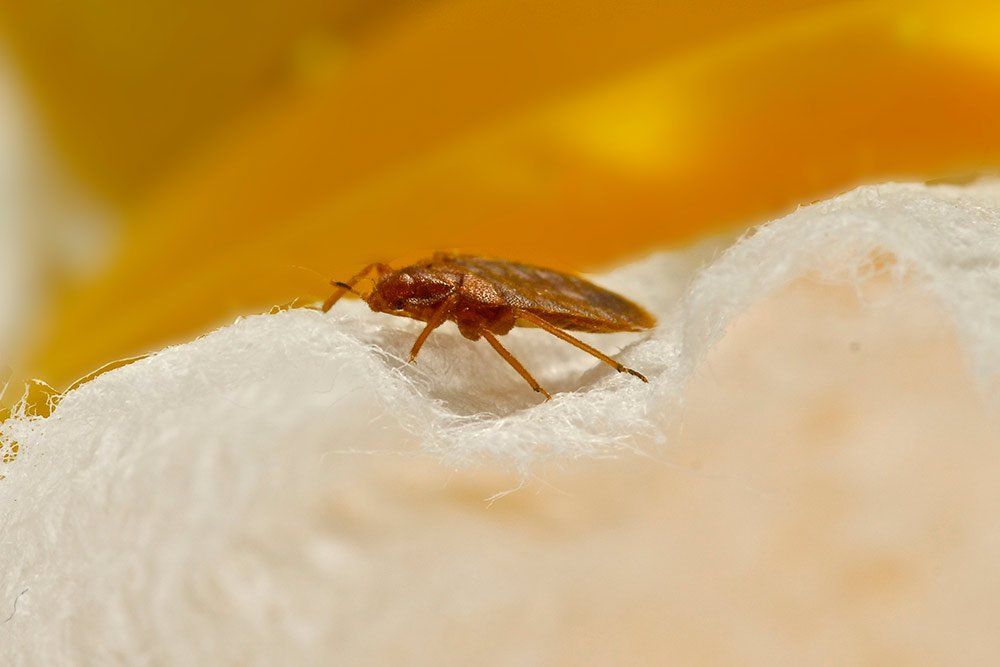You may have lingering moisture inside your home for a variety of reasons. Perhaps you have a leaky pipe that's allowing moisture to seep down a wall, or maybe your air conditioner's condensate line is clogged. It's also possible that clogged gutters are allowing rainwater to seep in through your foundation. In any case, lingering moisture in the home is a key attractant for many pesky insects - especially the following four types.
Earwigs
These scary-looking bugs have two spikes emerging from their rear ends, along with long antennae that are always quivering. They're brown in color and about 1/4 - 1 1/4 inches long. You'll see them most often at night because they are nocturnal.
Outside, earwigs live in piles of leaves and in decaying tree stumps. If your home becomes a good source of moisture for them, then they might move in. Earwigs are relatively harmless; they do not bite unless provoked. However, they are a serious nuisance and can breed quite quickly, so you will want to take steps to get rid of them as soon as you begin seeing them around.
Usually, if you eliminate the moisture source, keep food sealed up, and keep your floors and surfaces clean, earwigs will move on to a new location.
House Centipedes
House centipedes are often classified as occasional invaders. They don't often take up residence in homes, but they will when the conditions are right. For house centipedes, a home that is warm and moist offers the perfect conditions for breeding.
These bugs are long and slender with about 15 pairs of legs. They're yellow-brown in color with darker brown stripes, and you're most likely to see them in kitchens, bathrooms, crawl spaces, and near drains.
Getting rid of house centipedes requires a strategic approach. You'll need to eliminate moisture sources and remove clutter - like sticks and leaf debris that may be harboring the insects just outside your home. Oftentimes, house centipede infestations happen concurrently with infestations of other pests, like earwigs or roaches. The centipedes feed on these other bugs, so eliminating the other bugs will help get rid of the centipedes.
German Cockroaches
Though there are several common types of cockroaches that are attracted to moisture, the German cockroach is the most common type you need to worry about. They're especially likely to come inside during times of drought.
German cockroaches are about 1/2 inch long with light tan bodies and two black horizontal stripes. They rarely fly, and they scurry out of the way in a hurry when they see you. Having cockroaches in your home is particularly undesirable since they can spread diseases like salmonella and E. coli.
Eliminating cockroaches usually involves baiting them, spraying insecticides, and eliminating sources of food and moisture. Because the approach is so detailed, most homeowners prefer to hire a professional exterminator.
Certain Spiders
There are several types of spiders that are attracted to indoor moisture. One is the cellar spider, a variety with long, slender legs that resemble those of daddy long-legs. Cellar spiders don't often bite and are not poisonous, but they are prolific web-weavers - so they can make a mess of your home.
Common house spiders, which are brown with black stripes on their legs, are another harmless and prolific web-weaving species that is attracted to dampness.
If you trap spiders, remove their webs, and take measures to keep your home dry, the problem will often resolve. However, if you continue to see spiders, you may want to seek the help of a pest control expert.
As you can see, keeping your home dry will make it less appealing to a variety of pests. If you do start noticing any of these moisture-loving insects around your abode


